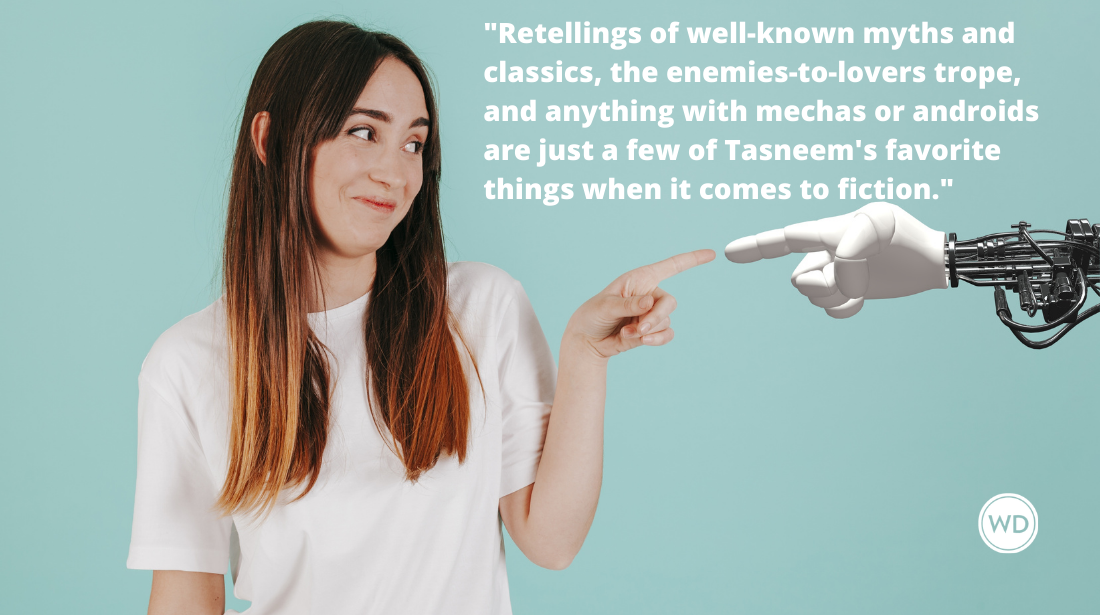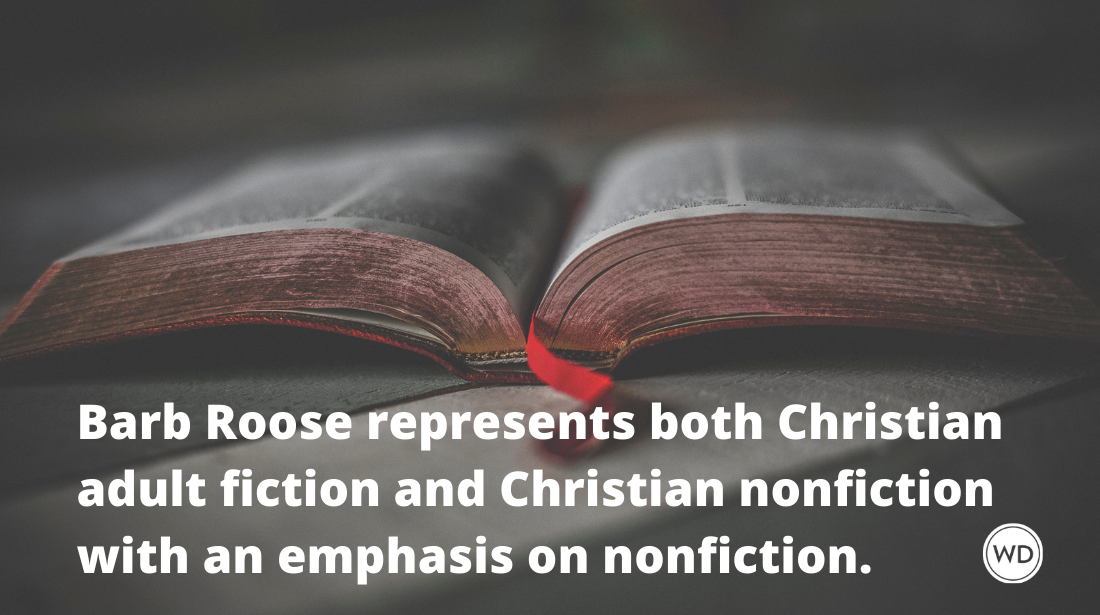Women’s Fiction, Chick Lit, and Other Thoughts on Labels
When I wrote my first novel, The Journal of Mortifying Moments, I didn’t think about genre. I didn’t think about how my book would be marketed, where it would ultimately reside in the book store, or what color the cover would be. I just wanted to tell a story with heart and humor; a story that would be fun to read and fun to write. Robyn Harding is the author of Chronicles of a Midlife Crisis, (Sept. 2010), a new novel Publishers Weekly called “hilarious.”
Why is women’s humor subject to so many labels?
When I wrote my first novel, The Journal of Mortifying Moments, I didn’t think about genre. I didn’t think about how my book would be marketed, where it would ultimately reside in the book store, or what color the cover would be. I just wanted to tell a story with heart and humor; a story that would be fun to read and fun to write.
"WHAT IS CHICK LIT, ANYWAY?"
In 2003, I submitted my manuscript to various agents and publishers and got my fair share of rejections. But one day in August, I received calls from an editor in London and an agent in New York. They were both excited about my book because it was funny, well written and "chick lit" was such a hot genre.
Chick lit? Wasn’t that gum? I’d never heard the term before. But I thought it was kind of cute, and kind of clever. And I was excited to be a part of this hot new trend. The Journal of Mortifying Moments ultimately sold to Ballantine Books and was released with a very pink cover. I’d published a chick lit novel. I was over the moon!
TOO MANY PINK BOOKS
But around the time my pink book hit the shelves, I noticed that there were a lot of other pink books out there. Perhaps it was this saturation that led to something of a chick lit backlash. This cute and clever term had suddenly become an insult. The genre was sniffed at by critics and journalists who dismissed it as mind numbing fluff. I soon realized that books with a female protagonist, a sense of humor, and a pink cover, were somewhat marginalized.
In 2006, an anthology was released called “This Is Not Chick Lit, Original Stories by America’s Best Women Writers.” In the foreword, ironically titled “Why Chick Lit Matters,” editor Elizabeth Merrick wrote that chick lit “numbs the senses” and “reduces the complexity of the human experience.” One of her contributors, Curtis Sittenfeld (Prep, American Wife) was an even more vocal critic. In the New York Times, Sittenfeld wrote that calling a female writer’s novel "chick lit" is catty, not unlike calling her a slut.
That rubbed me the wrong way, of course, because that meant I’d been called a slut numerous times. And it was such a blanket statement. Like any other genre, there are good chick lit novels and there are terrible ones. And come on … was writing (even a terrible) one really tantamount to sleeping around?
I didn't worry about the backlash because my future books didn’t fit the chick lit profile of a young woman searching for Mr. Right and the perfect job while trying to lose 10 pounds. But the chick lit label was hard to drop. Though I’ve written about murder, betrayal, divorce, midlife crises, and the struggle to raise a family in environmentally sensitive times, I do so with humor. And I’m a woman. To many people, that makes me a chick lit author.
LAD LIT VS. CHICK LIT: DOUBLE STANDARDS?
So why is women’s fiction subject to labels, when men’s is not? The term “lad lit” is sometimes used to describe writers like Nick Hornby and Tony Parsons, but based on their critical and commercial success, the label isn’t looked down on like its feminine counterpart. With women’s light fiction, we’ve got labels up the yin yang: Mommy lit, hen lit, knit lit, Christian lit, bride lit, widow lit, ethnic lit, and mystery chick lit.
I know that these labels come down to marketing, which I totally get. What I don’t get are the sneers, the snubs and the condescension. Why is women’s humor judged and dismissed—often by other women? Are funny tales of love, female friendship and domesticity less valid than the male equivalent? In Canada (where I live), there’s a national award given for the most humorous book of the year. In 62 years, it’s been won by a woman five times. Five! Are we just not as funny? I refuse to believe it.
RISE ABOVE LABELS
Books branded as chick lit might receive less review attention and accolades, but people still buy them. And when a reader e-mails me and says I made her laugh, or cry or she felt like I understood what she’s going through, I don’t care about being labeled. I’ll remember that the next time someone calls me a chick lit author. And I will not feel insulted … like I’ve just been called a slut.
Robyn Harding is the author of Chronicles of a Midlife Crisis, (Sept. 2010), a new novel Publishers Weekly called "hilarious." She has written five other books, including the novel, The Journal of Mortifying Moments. She lives in Vancouver, BC. www.robynharding.com.







